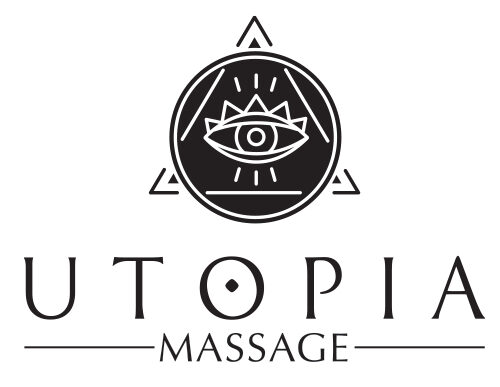Frozen shoulder, also known as adhesive capsulitis, is a debilitating condition generally triggered by a minor injury, surgery, improper movement, or overuse of shoulder muscles. Some people suffering from other health conditions, such as diabetes, can be more susceptible to developing frozen shoulder. Effecting 2-5% of the general population, it is most common in people in their 50s and 60s and more prevalent in women than men. Frozen shoulder can limit your ability to perform day to day activities, such as bathing, dressing, or giving a hug to a loved one. Characterized by pain, inflammation, stiffness, and limited range of motion within the shoulder joint, frozen shoulder can last a few months to a few years. For most, frozen shoulder is a condition that will heal on its own over time.
What is frozen shoulder?
Our shoulder joint is lined with an elastic capsule that provides the flexibility needed for the wide range of motion in the shoulder. Frozen shoulder is a condition that interrupts the normal functioning of this capsule lining. It causes the capsule and surrounding ligaments to become inflamed and contracted, thus creating pain and stiffness in the joint.
Frozen shoulder is a gradual process that presents in three stages. The first stage of frozen shoulder involves tightness within the shoulder joint that restricts one’s range of motion and eventually leads to pain. This pain becomes disabling and worse at night, leading to interrupted sleep patterns. This stage can last 2 to 9 months. In the second stage of frozen shoulder, pain will diminish, but range of motion will continue to become more limited. The joint will become stiff and cause increased difficulty performing day to day tasks. This stage can last 4 to 12 months. The third stage of frozen shoulder is referred to as the “thawing” stage. Strength and mobility begin to return to the joint. This final stage can last 5 to 24 months.
What can be done to help with frozen shoulder?
Massage is recommended as a primary treatment for frozen shoulder. It can help alleviate pain, increase circulation, reduce inflammation, increase range of motion, and improve overall functioning of the shoulder joint. Various deep pressure techniques can be used to apply pressure to muscles in and around the shoulder, breaking down adhesions and scar tissue. Trigger point therapy is effective in accessing targeted points of pain to relieve muscle spasms and restrictions placed along neural pathways. Hot towels can also be used before and/or after a massage to soothe pain and melt away muscle tension.
